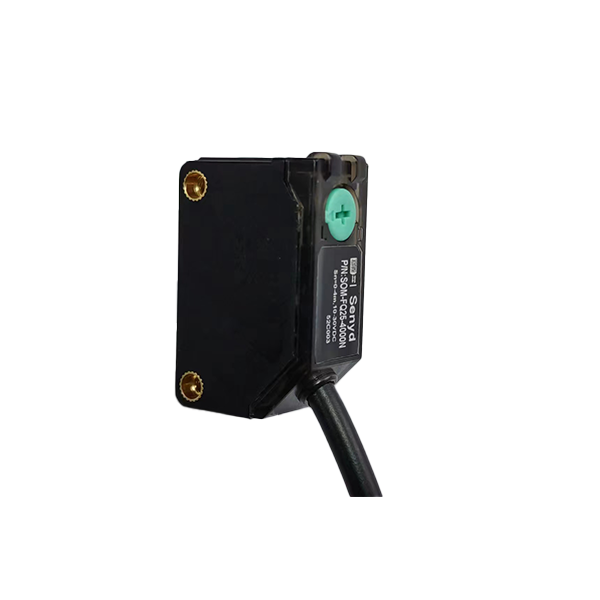Photoelectric sensors
Senyd Photoelectric sensors are devices that use light to detect the presence or absence of an object. They work by emitting a light beam (usually infrared, visible, or ultraviolet light) towards the object to be detected. When the object interrupts the light beam, the sensor detects the change in light intensity and triggers a response, such as activating a switch, counting objects, or measuring distance.
There are several types of photoelectric sensors, including through-beam sensors, retro-reflective sensors, and diffuse reflective sensors. Through-beam sensors consist of a separate transmitter and receiver placed opposite each other, with the object passing between them to break the beam. Retro-reflective sensors have a built-in reflector that bounces the light back to the sensor, while diffuse reflective sensors detect the light reflected directly from the object.
Photoelectric sensors are commonly used in industrial automation, packaging, material handling, and robotics applications due to their reliability, versatility, and ability to detect a wide range of objects regardless of color, shape, or material. They are also preferred in applications where contact-based sensors are not suitable due to environmental conditions, such as dust, dirt, or moisture.



